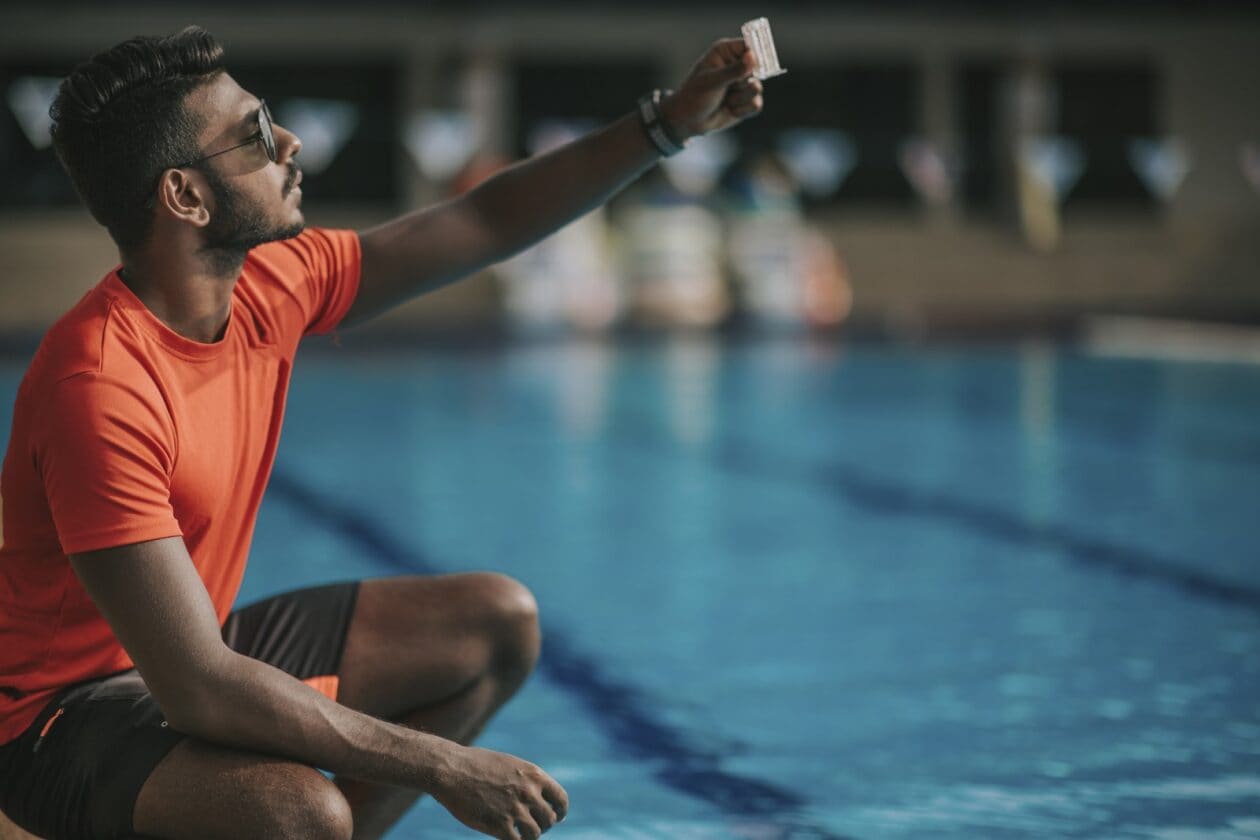Key points
- The Model Aquatic Health Code (MAHC) is guidance that state and local governments and the aquatics sector can use to prevent illness and injury at their recreational water venues.
- Commonly asked questions and answers are provided below to offer additional information.

What is the MAHC?
The MAHC:
- Is guidance that state and local governments and the aquatics sector can use to prevent drowning, injuries, and the spread of germs that cause recreational water–associated illnesses at public swimming pools and hot tubs or spas.
- Integrates the latest knowledge based on science and best practices with specific code language and explanatory materials.
- Covers the design, construction, operation, and maintenance of swimming pools, hot tubs, splash pads, and other public disinfected aquatic facilities.
Why is healthy swimming important?
People in the United States swim more than 300 million times in pools and other bodies of water each year, making swimming one of the most popular sports activities in the United States and the most popular sports activity among children and teens. However, over the past few decades, public aquatic venues have been associated with significant increases in the number of disease outbreaks reported for each year and the continued occurrence of drowning and injuries. These illnesses and injuries can be prevented by proper operation and management.
Why is the MAHC needed?
The MAHC is needed to help prevent outbreaks, drowning, and injuries and to reduce the need for public pools and hot tubs or spas to be closed immediately for serious health and safety hazards. Many of these problems can be prevented by proper operation and management. However, in the United States, there is no federal agency that regulates aquatic facilities, so public pools and hot tubs or spas are typically regulated by state or local governments. In fact, 68% of local health departments inspect public pools. States and local communities spend a great deal of time, personnel, and resources creating and updating their individual codes on a regular basis. The MAHC is a tool to help state and local governments and the aquatics sector reduce risk of illness and injuries in their communities. It can also help them to save time and resources, and to stay up to date with the latest science.
What does the MAHC provide?
The MAHC provides sample code language and explanatory text covering design, construction, operation, maintenance, and management standards. Most of the guidelines for design and construction pertain only to new construction and substantial alteration. This guidance language can be used in whole or key components can be used individually. The MAHC Code wording is accompanied by an annex summarizing the scientific evidence base, research, and other materials used to inform the MAHC guidance.
What are the anticipated health outcomes?
Short-term outcomes: Use of the MAHC should help reduce the risk of diseases and injuries and promote healthy and safe swimming. We anticipate that the practices promoted in the MAHC will initially lead to the following system improvements:
- Reduced need for immediate closures for serious health and safety hazards
- Uniform inspection or surveillance data
- An established research agenda to drive future iterations of the MAHC
- Enhanced collaboration among stakeholders
Long-term outcomes: By adopting the practices outlined in the MAHC, jurisdictions should also be able to improve the long-term health and safety at aquatic facilities. This should include a reduced risk of the following:
- Outbreaks of waterborne illnesses
- Drowning
- Injuries from pool chemicals and other causes
- Swimming-related emergency department visits
CDC is developing systems to track the impact and potential health improvements related to this national public health effort.
Who wrote the MAHC?
The Centers for Disease Control and Prevention worked with more than 140 volunteers from across the United States with expertise in public health or aquatics to collaboratively create the MAHC. These experts included federal, state, and local public health officials; researchers; and representatives of the aquatics industry, certification organizations, and not-for-profit aquatic associations.
- US Census Bureau. Statistical abstract of the United States: 2012. Arts, recreation, and travel: Participation in selected sports activities 200
- Hlavsa MC, Cikesh BL, Roberts VA, Kahler AM, Vigar M, Hilborn ED, Wade TJ, Roellig DM, Murphy JL, Xiao L, Yates KM, Kunz JM, Arduino MJ, Reddy SC, Fullerton KE, Cooley LA, Beach MJ, Hill VR, Yoder JS. Outbreaks associated with treated recreational water — United States, 2000–2014. MMWR Morb Mortal Wkly Rep. 2018;67:547–51.
